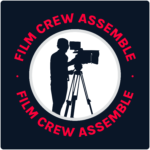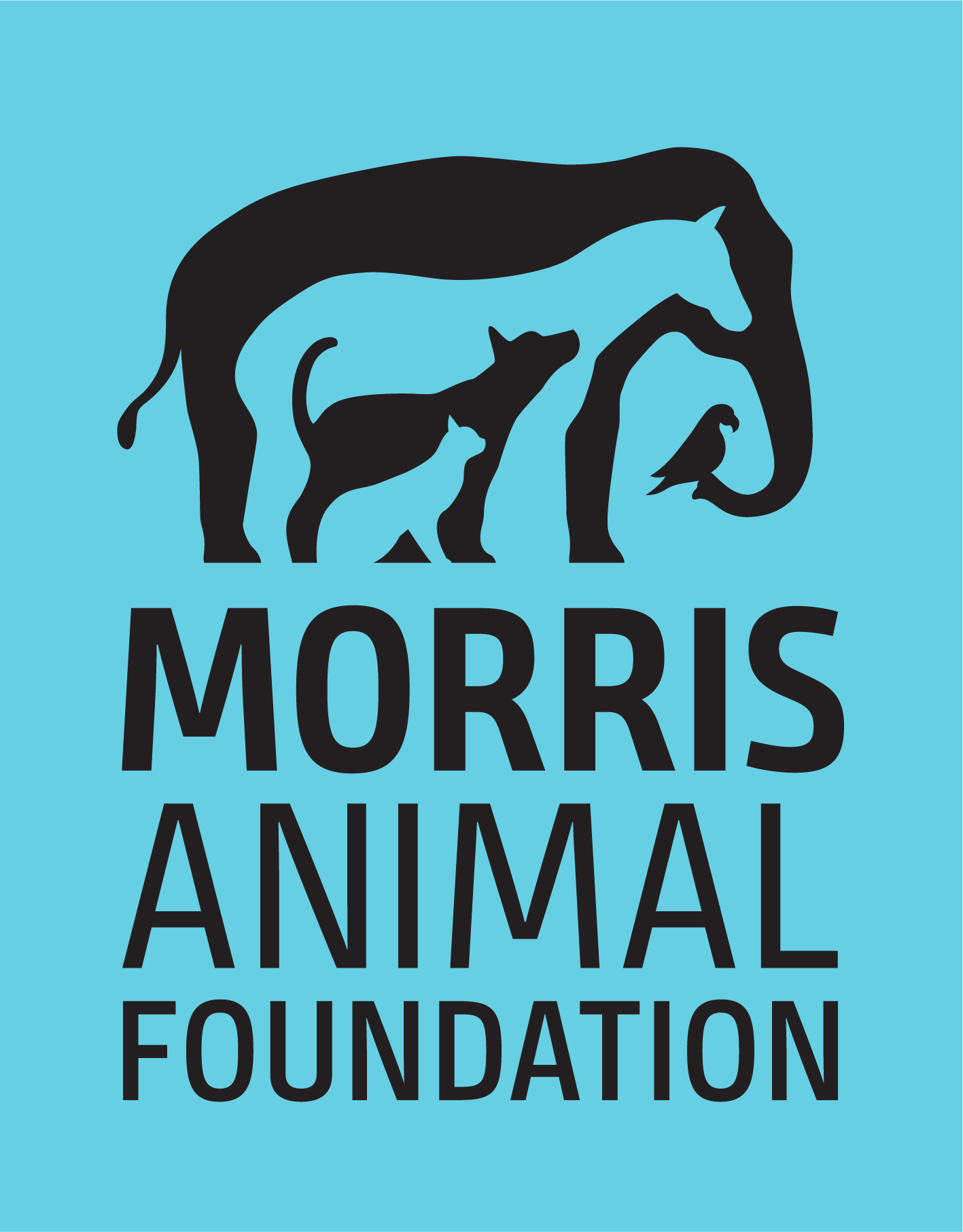As a multicultural marketing lead for Comcast, Caitlin Quattromani spends her days thinking about effective ways to engage with communities from all over the world.
A recent speaker at Point of Departure, Caitlin was born in Japan and raised in Colorado. Following her international business degree from DU, she traveled around the world for Dish Network, and seized the opportunity to work for Amazon in Luxembourg, moving her husband and children abroad in search of education and adventure.
Here, we talk about learning Luxembourgish, teaching kids healthy eating habits, and the value of broadening your horizons.
You have a background in international business, right?
Yes. I’m a Colorado kid and I went to DU, where I graduated with an international business degree. I wasn’t necessarily sure what that meant in the real world, but was really passionate about learning about other cultures and countries and wanted a career that would enable me to do those things. I worked for Amazon for a couple of years over in Luxembourg, which is a tiny country sandwiched between Belgium, France, and Germany. I’ll admit, we didn’t know much about it when we made the move, but it was in the spirit of adventure and of living abroad. It was something my husband and I always wanted for our boys, who were about four and six at the time.
Is that a French-speaking country?
The native language is Luxembourgish, which I knew almost nothing about. To my ear it was more of a German hybrid with some elements of French. My boys went to a local school and I was really nervous about that but after about three months we had a parent-teacher conference and the teacher said, “You know, they definitely understand Luxembourgish. It hasn’t quite kicked in for them to speak yet but everything is on track.” Then we went away for the Christmas holidays, and when we came back it was like something had clicked in their brains and they were all of a sudden fluent in Luxembourgish. It was the most bizarre experience as a parent to have your kid speak a language that you don’t speak.
It might be challenging for them to keep up with that. There aren’t very many Luxembourgish classes offered in Colorado, are there?
No, and Luxembourgish is a tough language to keep up with, I mean with German and French you can find books and content online to watch. Luxembourgish is a little bit tricky.
But if there’s content out there in Luxembourgish you’re in a good position to hunt it down!
I could, but when the parents don’t speak it hard to keep it up. I’m hoping somewhere deep in their brains, some of those neurons that made that connection way back in the day will start to engage again.
Do you know where your love of international business comes from?
Well, I consider myself a Colorado native, but I was not born in Colorado, I was actually born in Japan, because my dad had a business over there. We went back and forth to Japan until I was six or so.
Are there any places on the planet where you haven’t traveled that you’re eager to explore?
We are always open to another adventure abroad—being able to travel easily throughout Europe was really cool. I would love to go to Southeast Asia. I have never been to Singapore, Thailand, or Vietnam, and those are all spots that I would love to visit. I’ve also never been to Canada, which is surprising because it is so darn close!
I love travel. Travel makes me feel alive and engaged with the world around me. I love exposing my boys to different things and hopefully instilling that same love of adventure in them as well.
Tell me more about multicultural marketing.
We have products at Comcast that are tailored and targeted for international communities and we think a lot about how we message to them. It’s a really cool part of the business that’s kind of niche. The Hispanic market is growing enormously here and there’s a lot of growth in other international segments like Indian, Arabic, Vietnamese and Filipino. It’s a fun part of the business to work with.
So are you marketing tailored content packages?
It’s a little bit of everything. Our team is responsible for taking many different elements and figuring out how we communicate in a way that’s going to be relevant for the consumer, and making sure that they can understand the value of our products.
My family was in Mexico for spring break and it’s a totally different cable package down there. I’m thinking, for example, that people from India might want to get news broadcasts from back home.
Absolutely, my team doesn’t have direct responsibility for content acquisition, but there are teams that are absolutely doing that and I’ve done it in the past for other companies, sourcing content from India, Brazil, France—wherever the country of origin might be to bring that content in.
Speaking of content, do you have a favorite TED talk?
I love Jamie Oliver’s talk, “Teach Every Child About Food.” That one really resonated with me, having two growing boys and and helping them make good choices is something we always struggle with.
We try to cook almost all our own meals at home, which helps.
Jamie Oliver and the work he is doing with childhood obesity, clean eating, fresh foods, and making sure kids know where their food comes from—I love all of that. It’s great that there’s so much information out there, but it can get a little bit overwhelming at times. You have to distill it in a way that’s going to make sense for an elementary school age kid. It’s an ongoing education.















